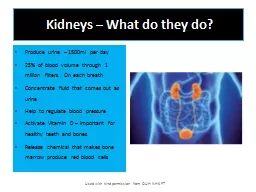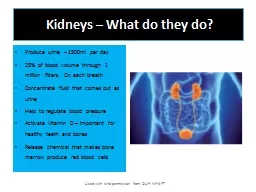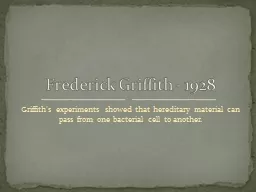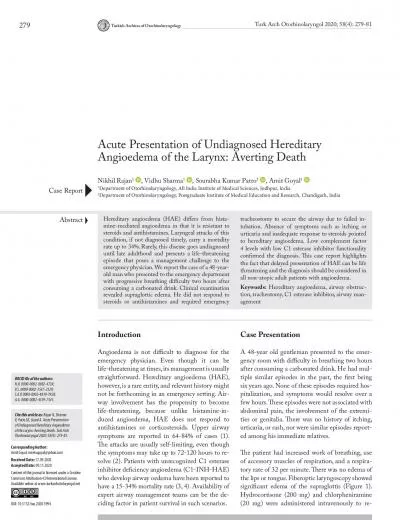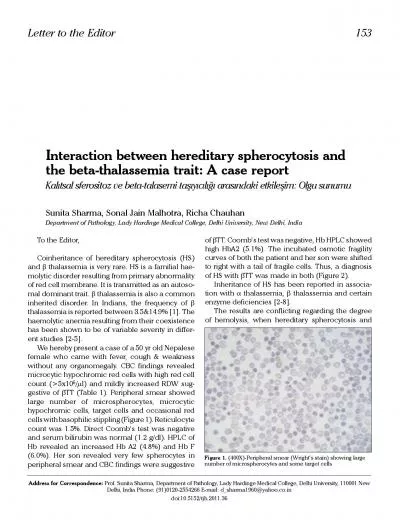PPT-Hereditary Diseases of the Kidneys
Author : Wildboyz | Published Date : 2022-08-01
Jeff Kaufhold MD FACP March 2015 Hereditary Disease of the kidneys Summary Glomerular diseases Hereditary Cystic Diseases Hereditary Nephroses Wilms Tumor Reflux
Presentation Embed Code
Download Presentation
Download Presentation The PPT/PDF document "Hereditary Diseases of the Kidneys" is the property of its rightful owner. Permission is granted to download and print the materials on this website for personal, non-commercial use only, and to display it on your personal computer provided you do not modify the materials and that you retain all copyright notices contained in the materials. By downloading content from our website, you accept the terms of this agreement.
Hereditary Diseases of the Kidneys: Transcript
Download Rules Of Document
"Hereditary Diseases of the Kidneys"The content belongs to its owner. You may download and print it for personal use, without modification, and keep all copyright notices. By downloading, you agree to these terms.
Related Documents



